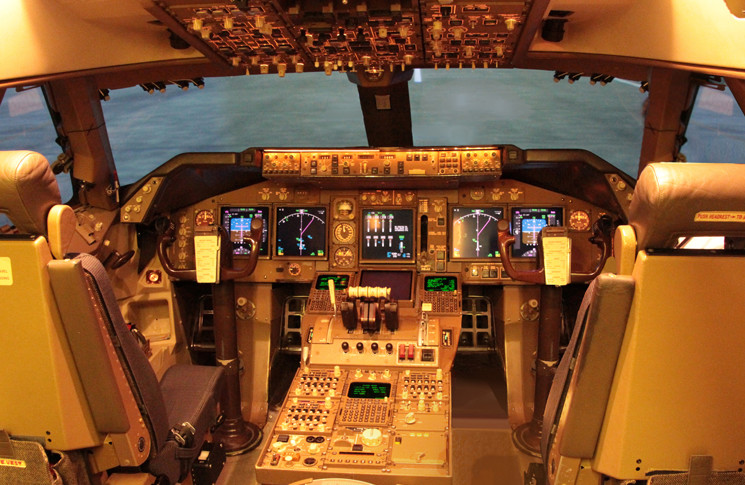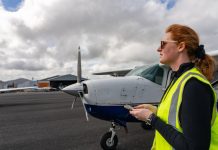Last year, 2017, was the safest year for commercial aviation, with no fatal crashes in jet engine passenger aircraft anywhere in the world, so why has 2018 started off so badly? In the first three months of this year, almost 200 have died in passenger plane crashes, with the most recent being in Nepal where 49 people died. Is there a problem with airline safety, or is this an unfortunate anomaly?
The answer, luckily, to the first question, is ‘no’. Air travel continues to be the safest form of transport in the world. It is too early to draw any comparisons between the accidents, but it’s worth looking to see if they share any common themes.
The year began badly on 13 January, when Pegasus Airlines Flight 8622 skidded off the end of the runway at Trabzon Airport, Turkey and came to rest halfway down a cliff just metres from the sea. Luckily, all 162 passengers and crew evacuated safely, or the number of fatalities for this year could have been significantly worse.
The month of February saw four international accidents of commercial high-capacity air transport aircraft. Two of these were deadly, killing 137 people in total. Saratov Airlines Flight 703 crashed shortly after take-off from Domodedovo International Airport in Russia killing all 71 people on board; and then a week later, Iran Aseman Airlines Flight 3704 crashed into the Zagros Mountains in Iran killing all 66 on board. The Saratov Airlines accident appears to have been caused by icing covering the speed sensors when the heating of the three pitot tubes was not turned on despite it being the middle of winter.
Monday’s (12 March) crash of US-Bangla Airlines Flight 211 at Tribhuvan International Airport, Kathmandu seems to have been caused by confusion between air traffic control and the pilot as to which end of the designated runway should be used for landing.
Can this string of accidents be linked? Captain Darren Straker, former Chief Air Accident Investigator at UAE’s General Civil Aviation Authority (GCAA) and independent investigator at Straker System Safety, claimed there was a common theme in some of the commercial airline crashes—an ‘attributable cause based on human error’.
‘A bad start to the year? Yes, but I think last year was the aberration, the system is now back to accidents and operational liabilities,’ he said. ‘Despite the ICAO accident data trend decreasing for several years, the alarming increase in accidents where no technical cause has been prioritised, indicates that that the systemic underlying causes are still prevalent in accident causation.’
However, Saj Ahmad, chief analyst at StrategicAero Research, said it was ‘totally wrong to wonder why one year has had successive incidents and previous years may not have had any. Equally, it’s unfair and irresponsible to try and connect [the crashes] in any way and air transport remains by far and away the single safest method of travel in the world.’
‘Human error is always possible, and it has happened in various crashes—but the events of 2018 are still under investigation and nothing is clear about any of the crashes yet, let alone pilot error being a factor,’ Mr Ahmad said.
And, as Flight Safety Australia has discussed in the past, most recently in May 2017, even if it is a common theme in these accidents, how useful is designating ‘pilot error’ as a causal factor?





While I totally agree with the spirit of the article, for a true apples-to-apples comparison between 2017 and 2018, it may be relevant to point out that the aircraft in the incident at Tribhuvan International Airport, Kathmandu was not a “jet engine passenger aircraft” but rather a turbo-prop